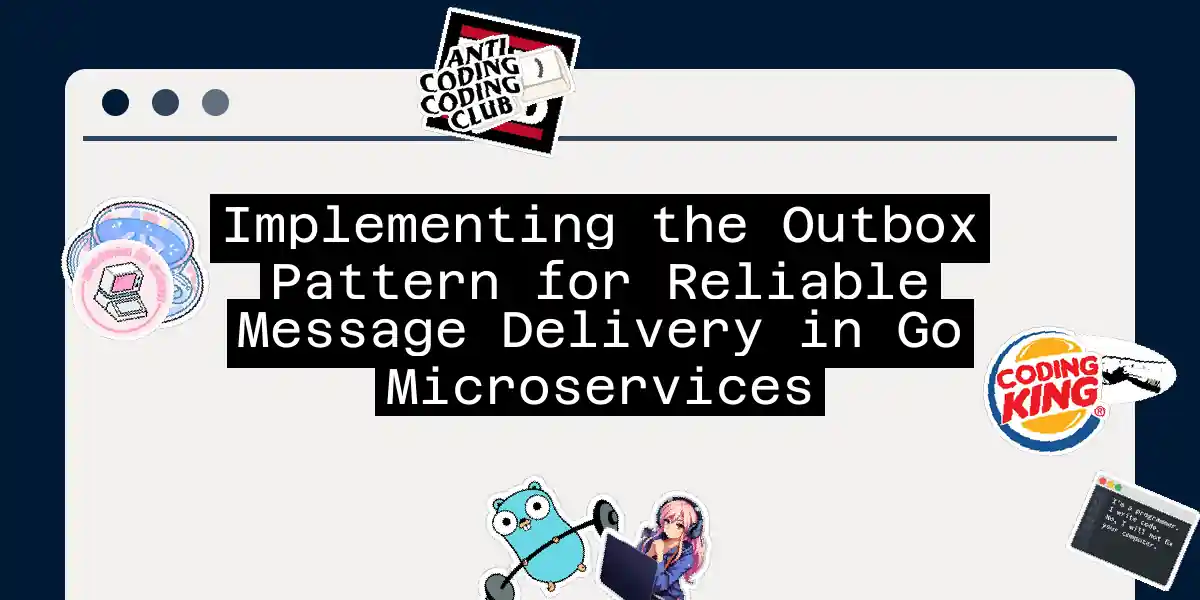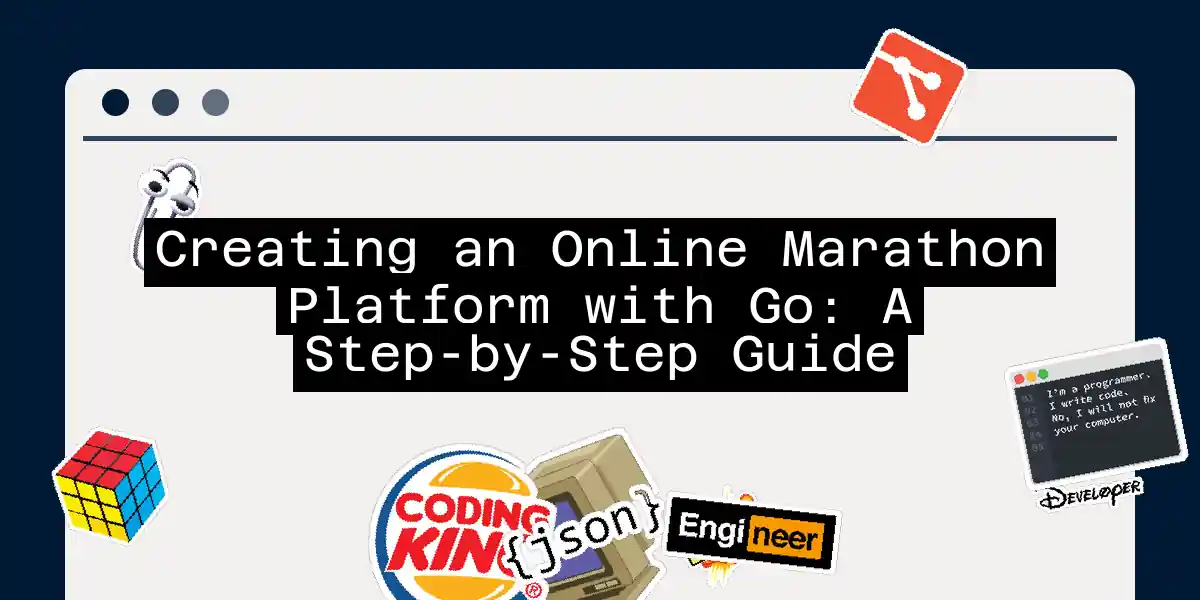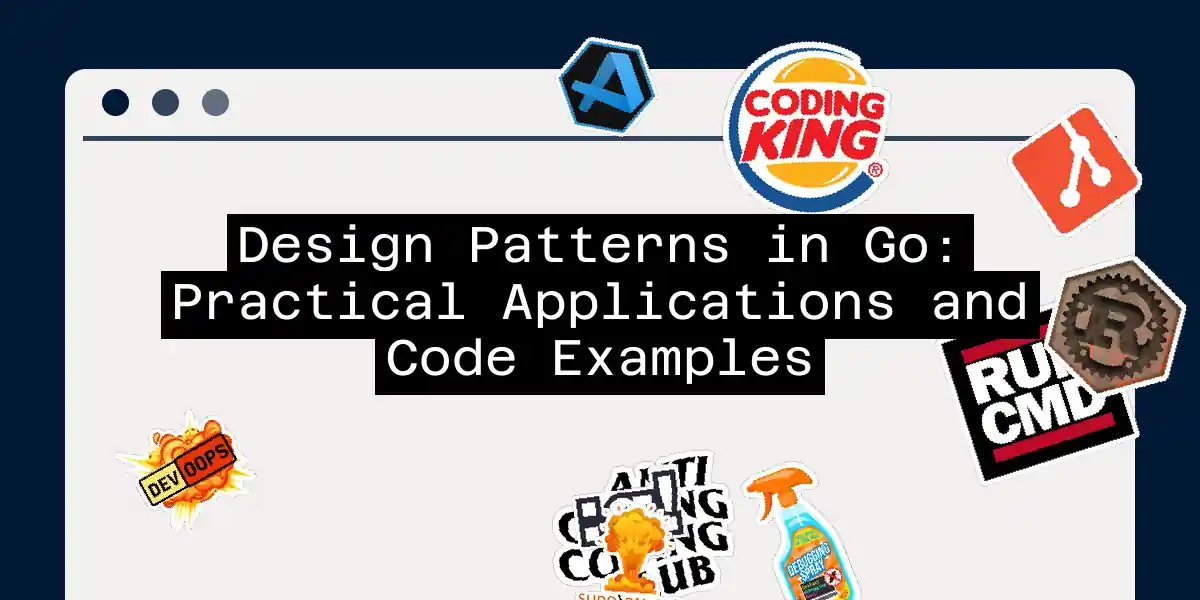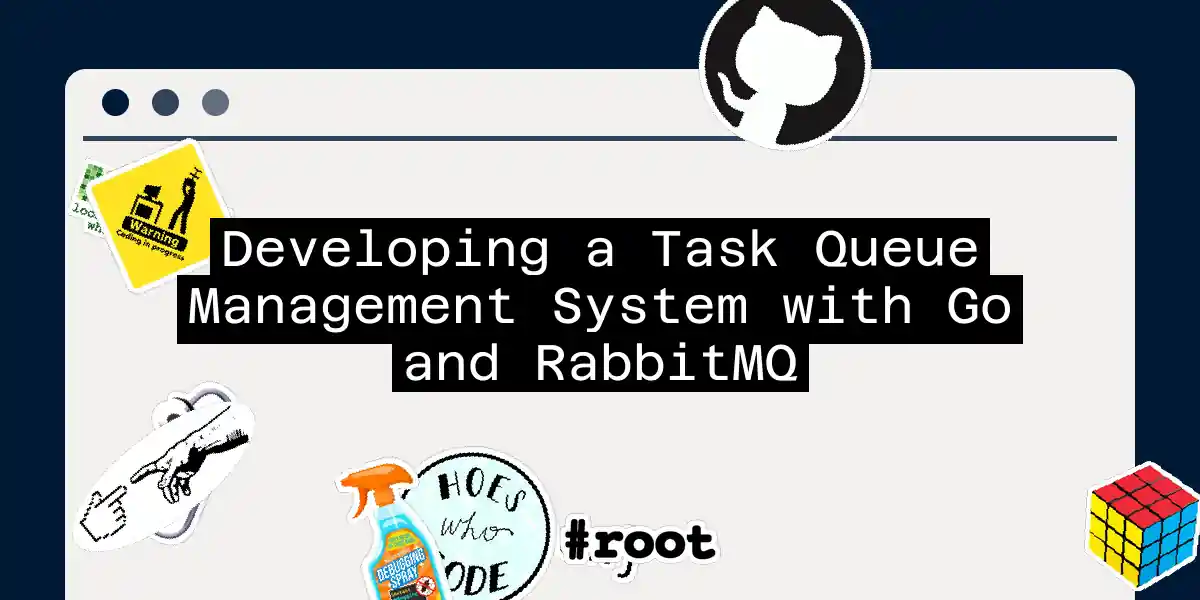
Implementing Event Sourcing in Go: A Step-by-Step Guide
Introduction to Event Sourcing Event Sourcing is a design pattern that captures the history of an application’s state as a sequence of events. Instead of storing just the current state, you store every state change as an immutable event. This approach provides a robust mechanism for auditing, debugging, and even recovering from errors. In this article, we’ll dive into implementing Event Sourcing in Go, with practical examples and step-by-step instructions....



